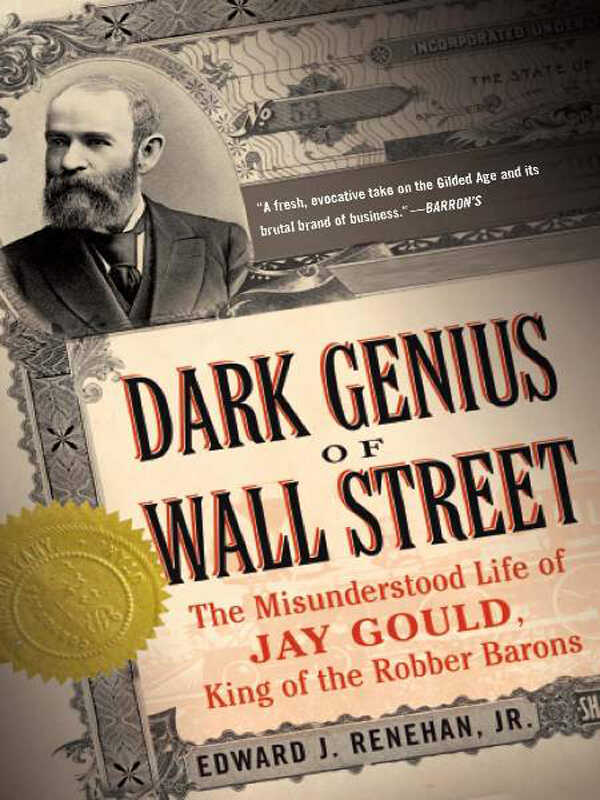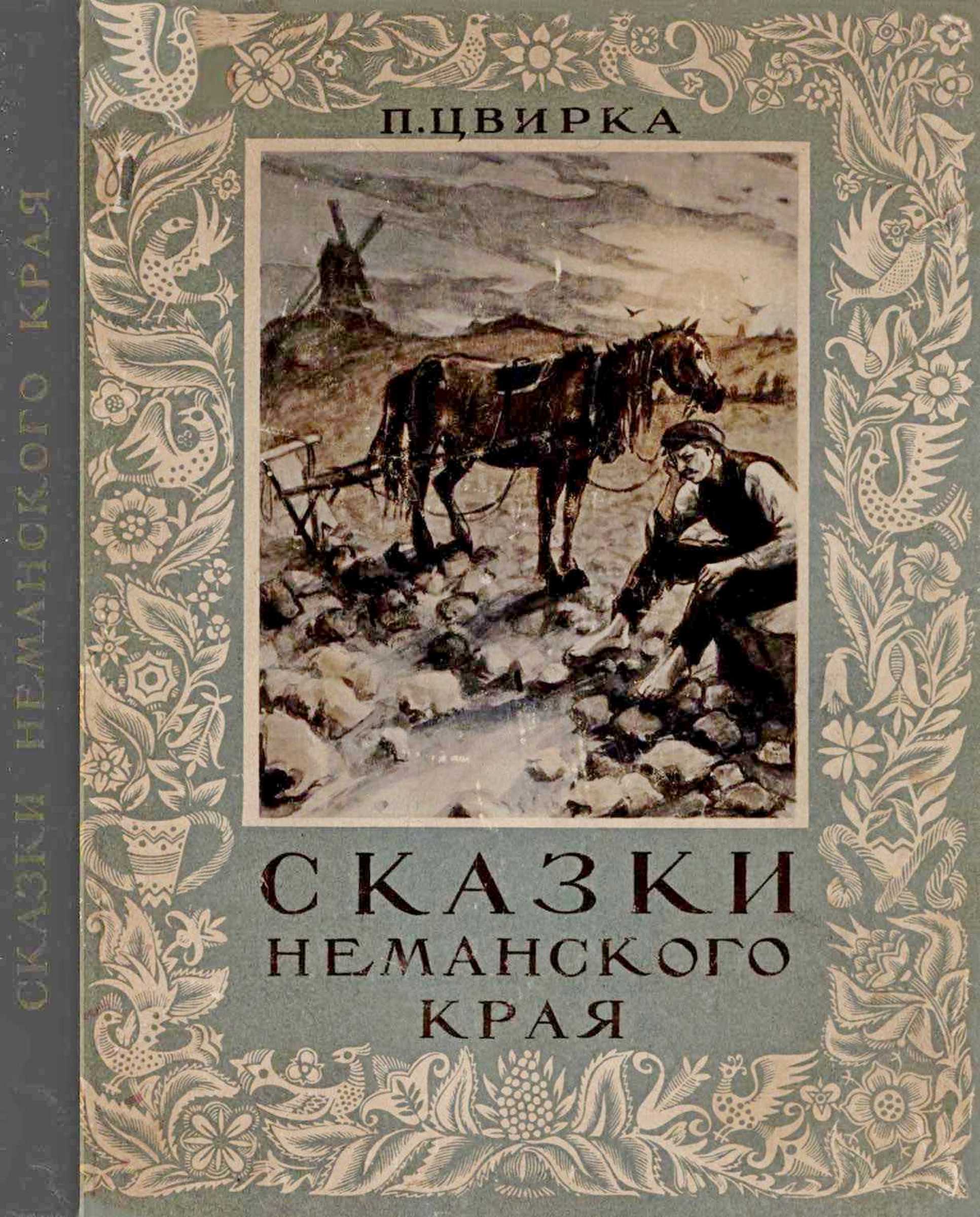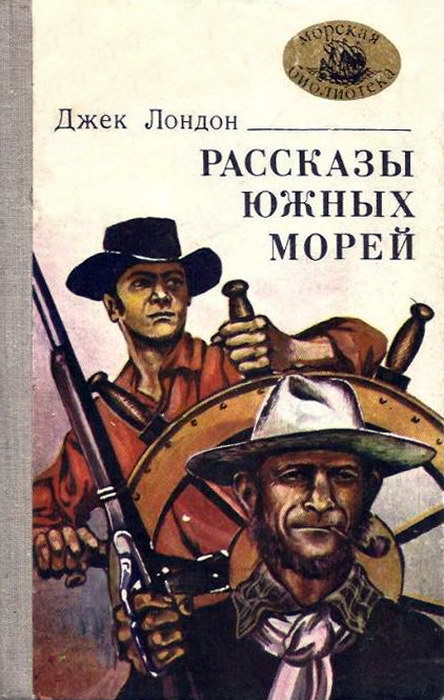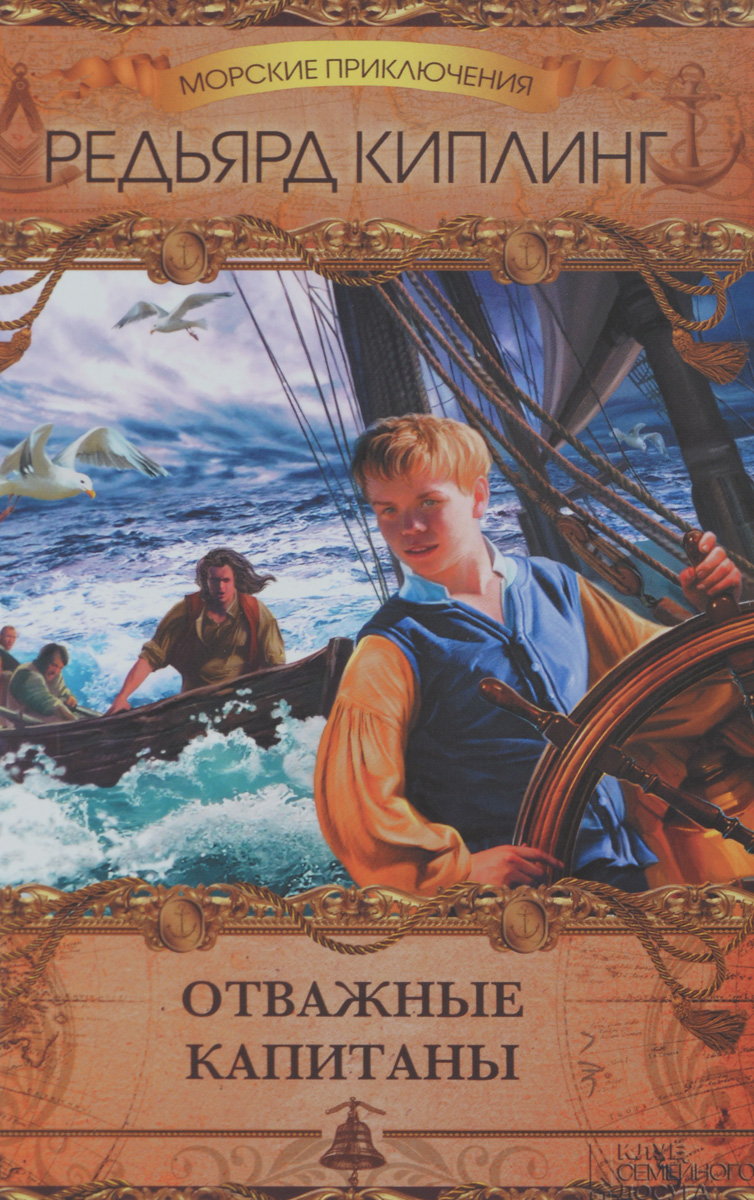Шрифт:
-
+
Закладка:
Сделать
Перейти на страницу:
Дата выхода – 21 июня 2011 года (издательство Prometheus)В книге показано, что большинство актов потребления можно соотнести с четырьмя ключевыми дарвиновскими мотивами: выживание (мы предпочитаем продукты с высоким содержанием калорий); размножение (мы используем продукты в качестве сексуальных сигналов); родственный отбор (мы естественно обмениваемся подарками с членами семьи); и взаимный альтруизм (нам нравится делать подарки близким друзьям).
Перейти на страницу:
Еще книги автора «Saad, Gad»:




